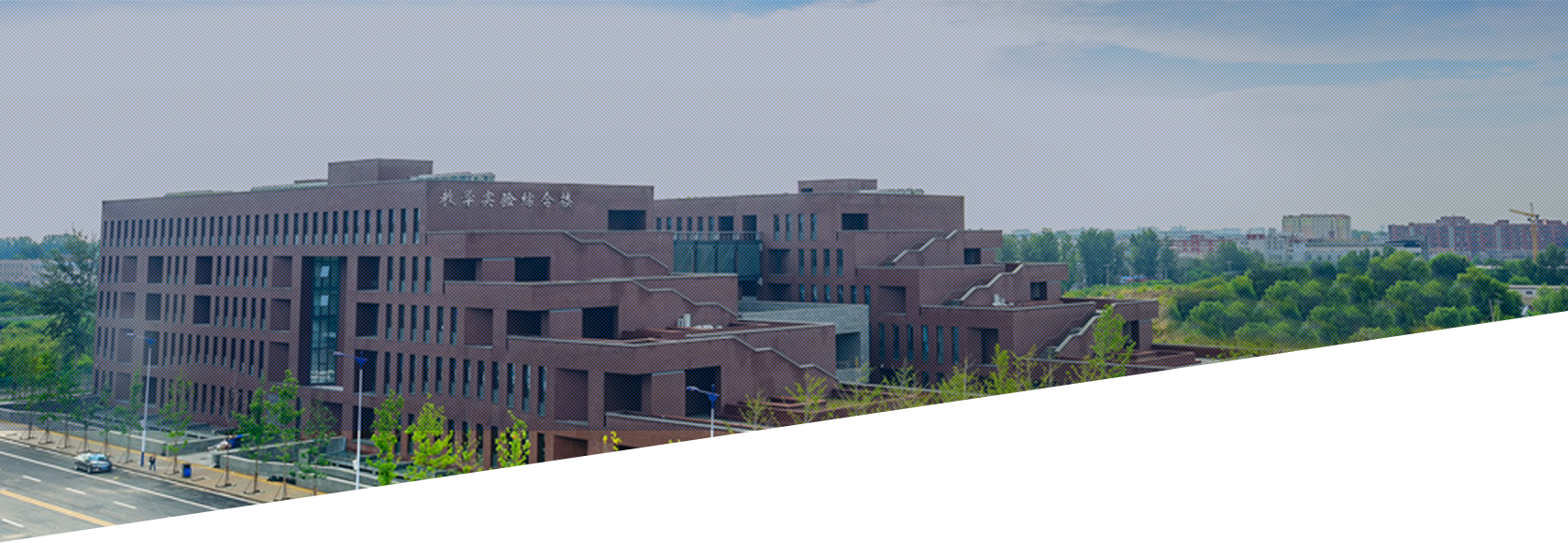т║ћуйЉу╗юуЕ║жЌ┤ТИЁжЮЎтГджЎбт╝атЇјтЁѕућЪу║дУ»и����№╝їУІ▒тЏйУј▒Тќ»уЅ╣тцДтГдHuiyu ZhouТЋЎТјѕт░єС║ј6Тюѕ13ТЌЦ№╝ѕТўЪТюЪтЏЏ№╝ЅтЄ║тИГРђют╝║уйЉУ«║жЂЊРђЮуггтЇЂСИЅУ«▓����№╝їт╣ХСйютГдТю»ТіЦтЉі�������№╝ЮтЊЪУАїти│сЂЋТ░ќ╬╣УЙЅуѓ»т░цУђё
#УЁЙУ«»УЂџС╝џ№╝џ648-696-732
ТіЦтЉіжЌ«жбў№╝џWhen ParkinsonРђЎs disease meets artificial intelligence
СИ╗У«▓С║║№╝џHuiyu ZhouТЋЎТјѕ
ТіЦтЉіТЌХжЌ┤№╝џ6Тюѕ13ТЌЦ№╝ѕТўЪТюЪтЏЏ№╝Ѕ17:30-18:30
СИ╗У«▓С║║тЁѕт«╣№╝џ
Dr. Huiyu Zhou received a Bachelor of Engineering degree in Radio Technology from Huazhong University of Science and Technology of China, and a Master of Science degree in Biomedical Engineering from University of Dundee of United Kingdom, respectively. He was awarded a Doctor of Philosophy degree in Computer Vision from Heriot-Watt University, Edinburgh, United Kingdom. Dr. Zhou currently is a full Professor at School of Computing and Mathematical Sciences, University of Leicester, United Kingdom. He has published over 500 peer-reviewed papers in the field. His research work has been or is being supported by UK EPSRC, ESRC, AHRC, MRC, EU, Innovate UK, Royal Society, British Heart Foundation, Leverhulme Trust, Puffin Trust, AlzheimerРђЎs Research UK, Invest NI and industry.
ТіЦтЉітєЁт«╣ТЉўУдЂ№╝џ
ParkinsonРђЎs disease (PD) is a severe condition that affects the brain. PD causes huge problems in humans such as shaking and stiffness that become worse over time. Early diagnosis and prognosis of PD results in effective and personalised treatment, reduced care costs and better quality of life. In this talk, first of all, Zhou introduces fundamental knowledge about PD and the technologies used for PD identification. This talk is divided into two streams, animal mice- and human-based PD identification. Afterwards, Zhou reports how his research group deal with immersive challenges such as single and multiple mice detection and tracking, single and multiple mice behaviour recognition, and social behaviour analysis using new video analytics technologies developed within the team. Zhou presents the machine learning techniques used to distinguish between normal and PD mice through social behaviour analysis. Zhou also shows the artificial intelligence methods developed within his team for biomarker analysis. Finally, conclusions are given to summarise the talk.

